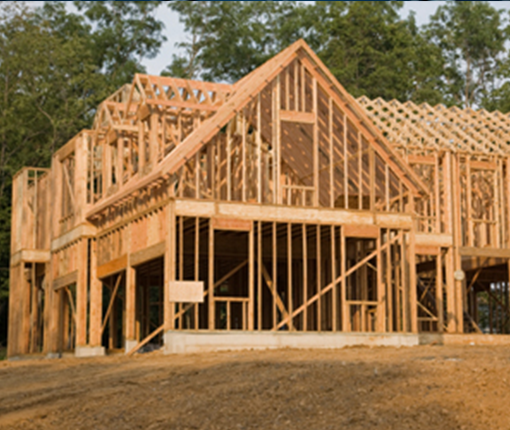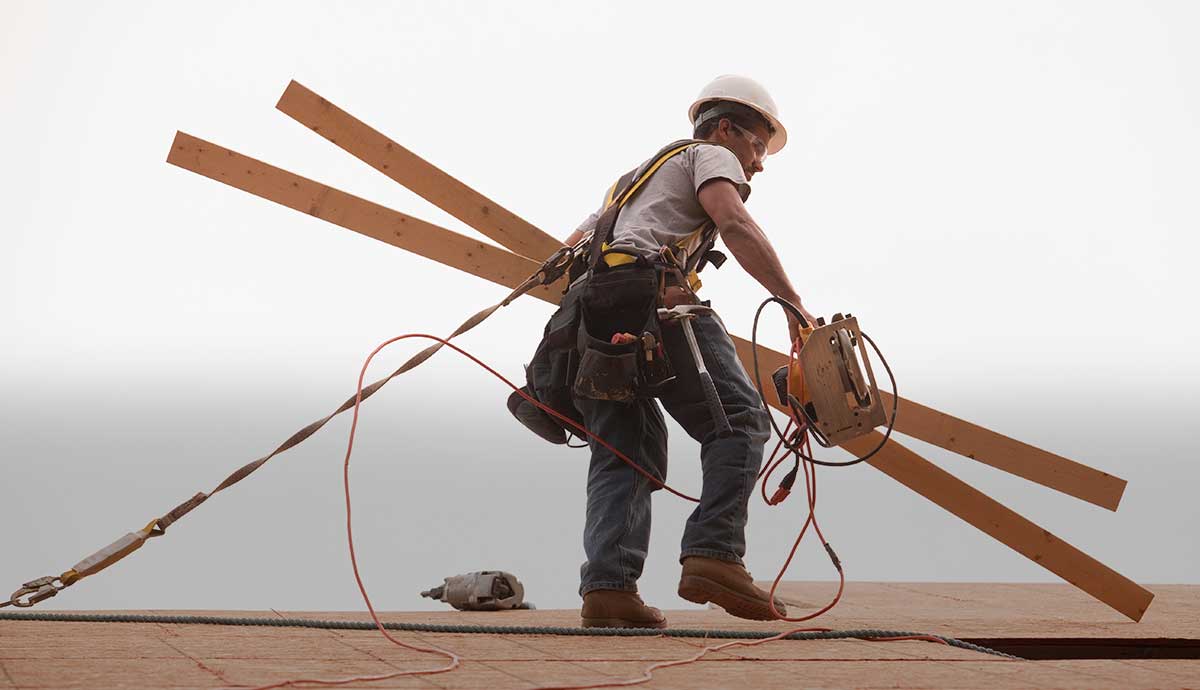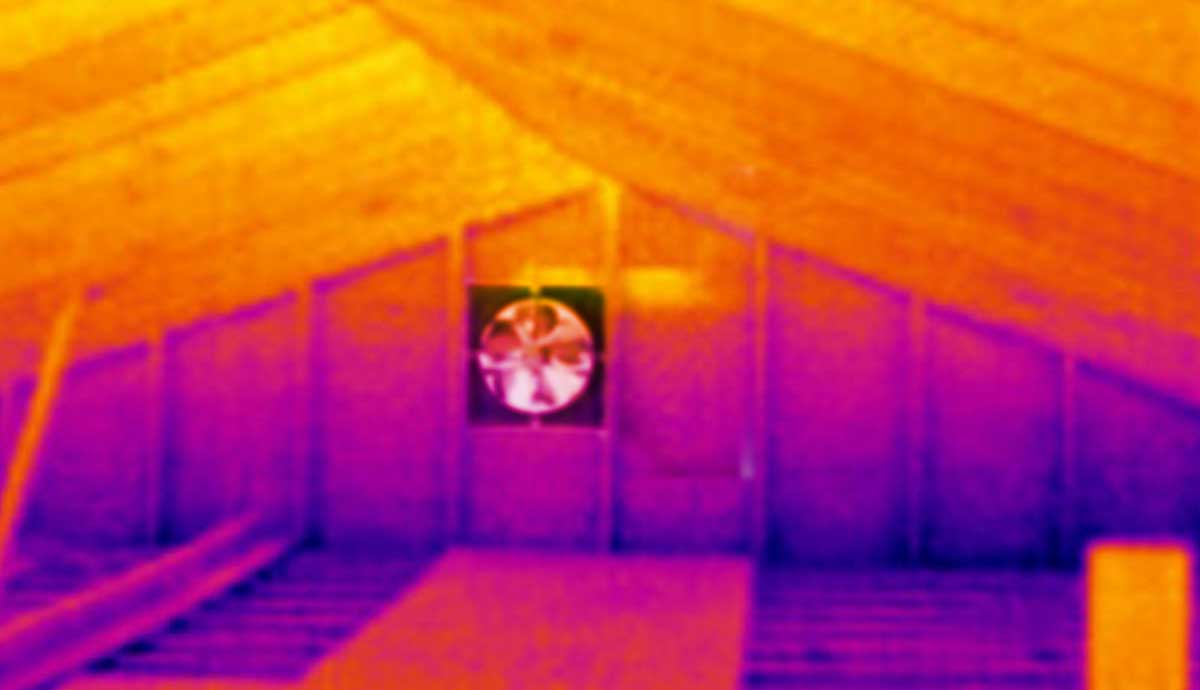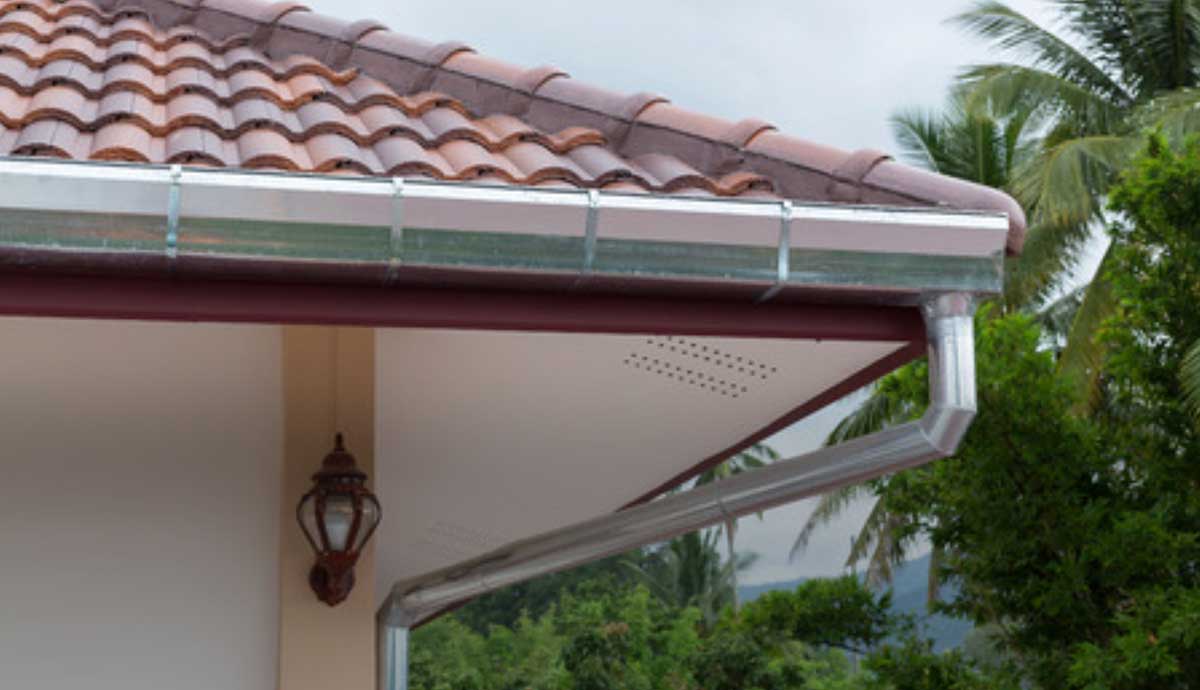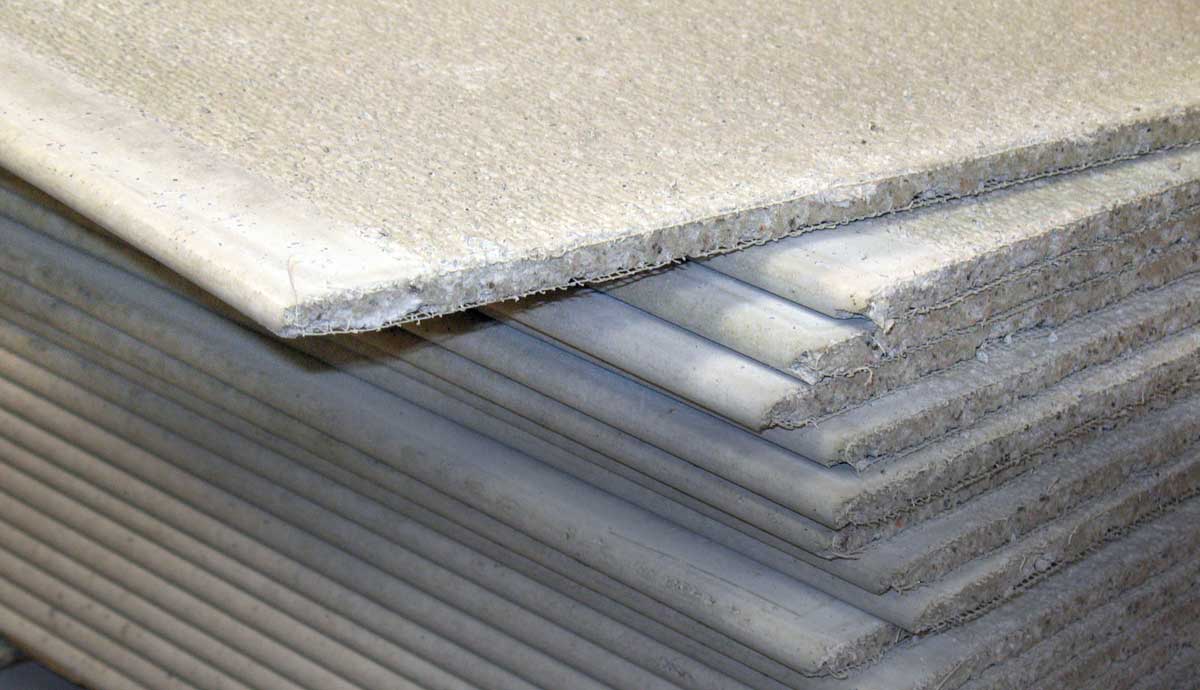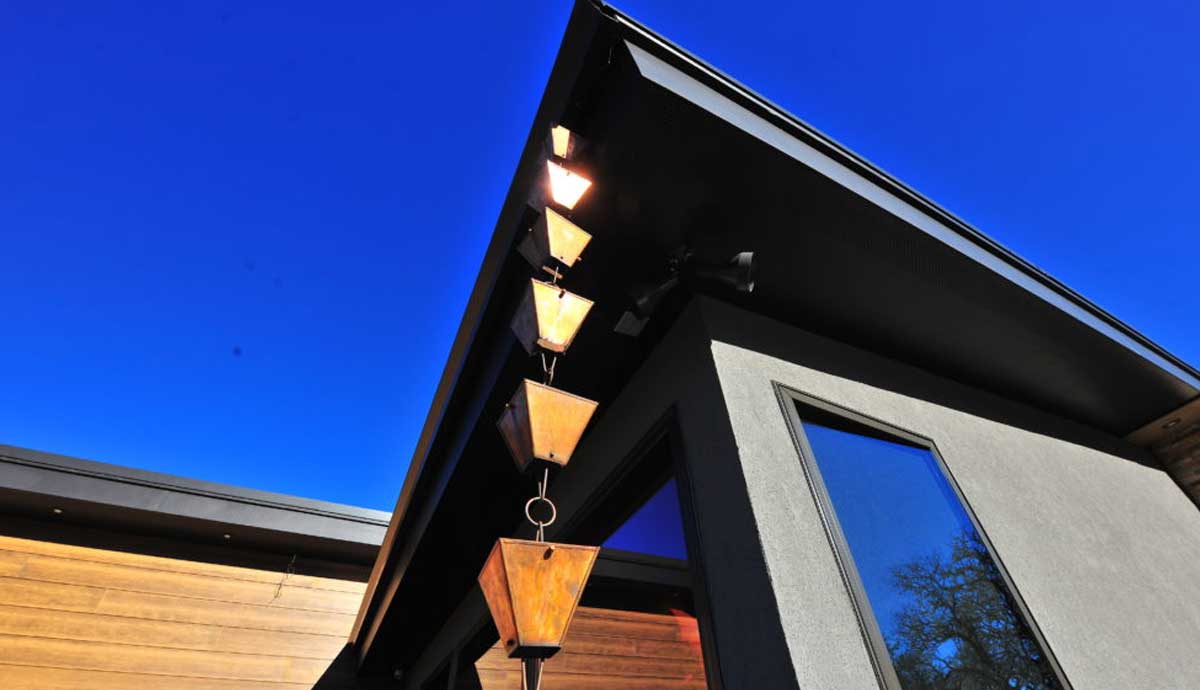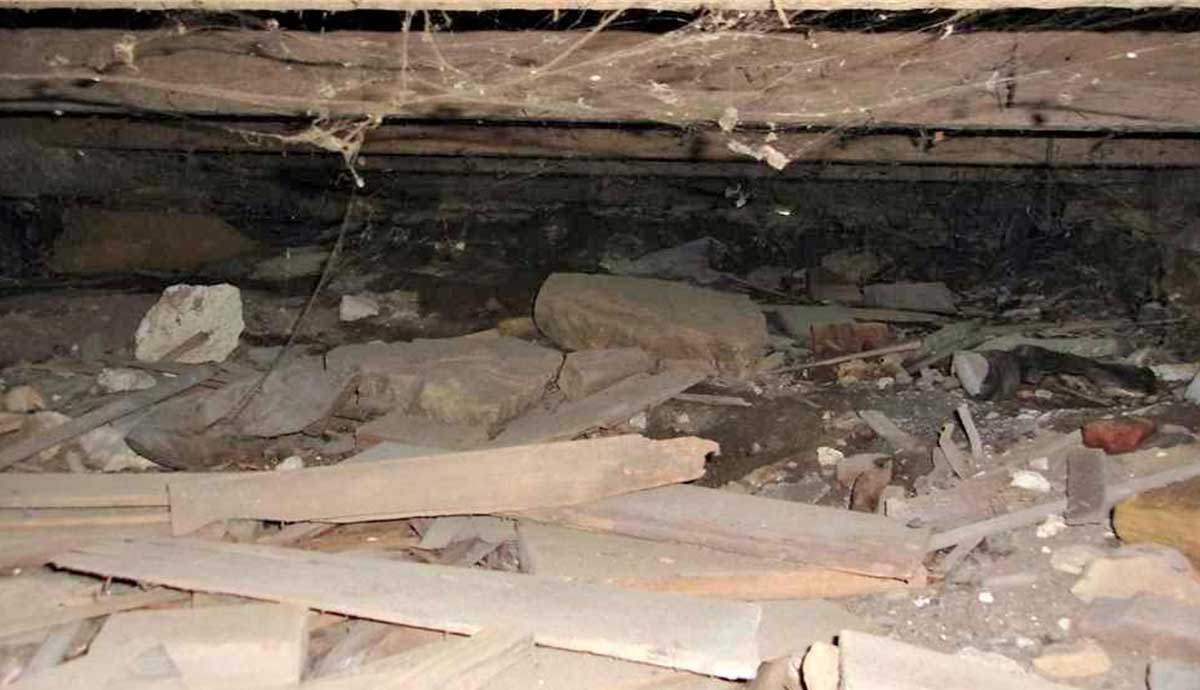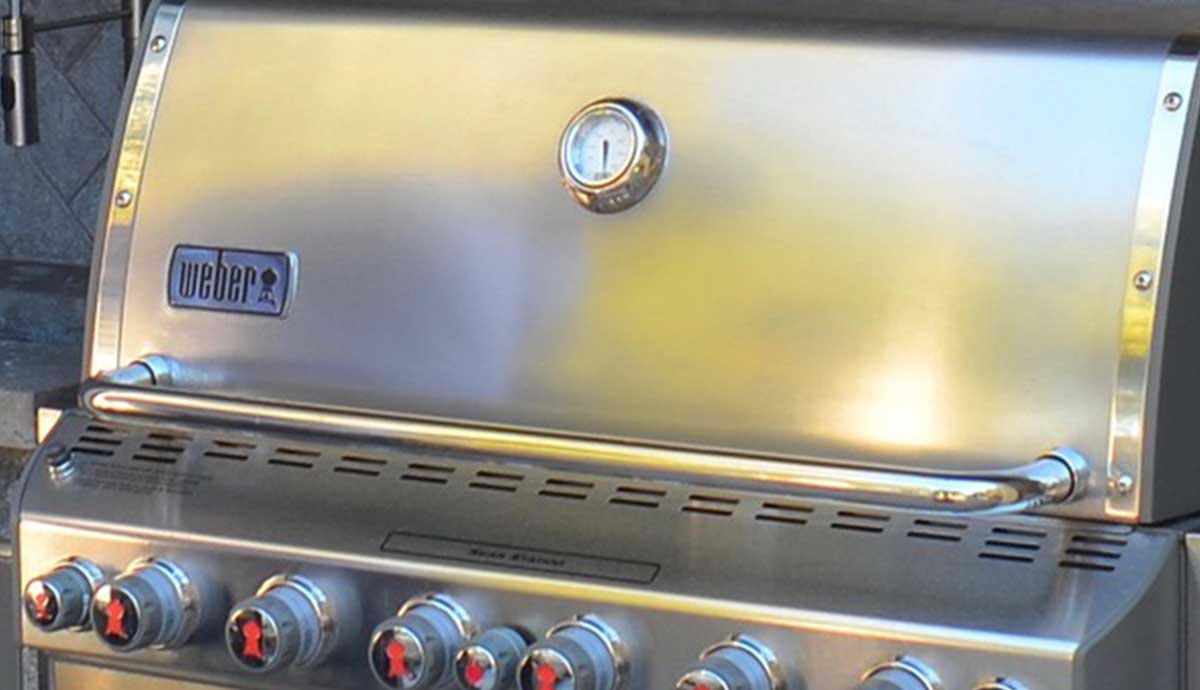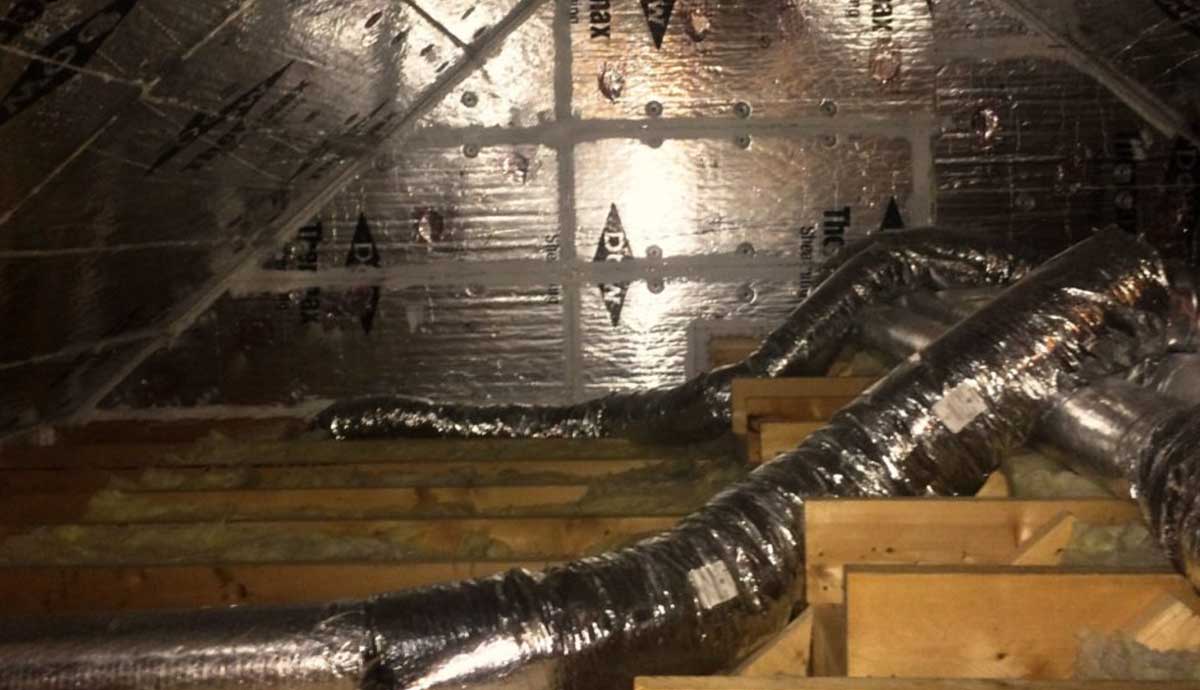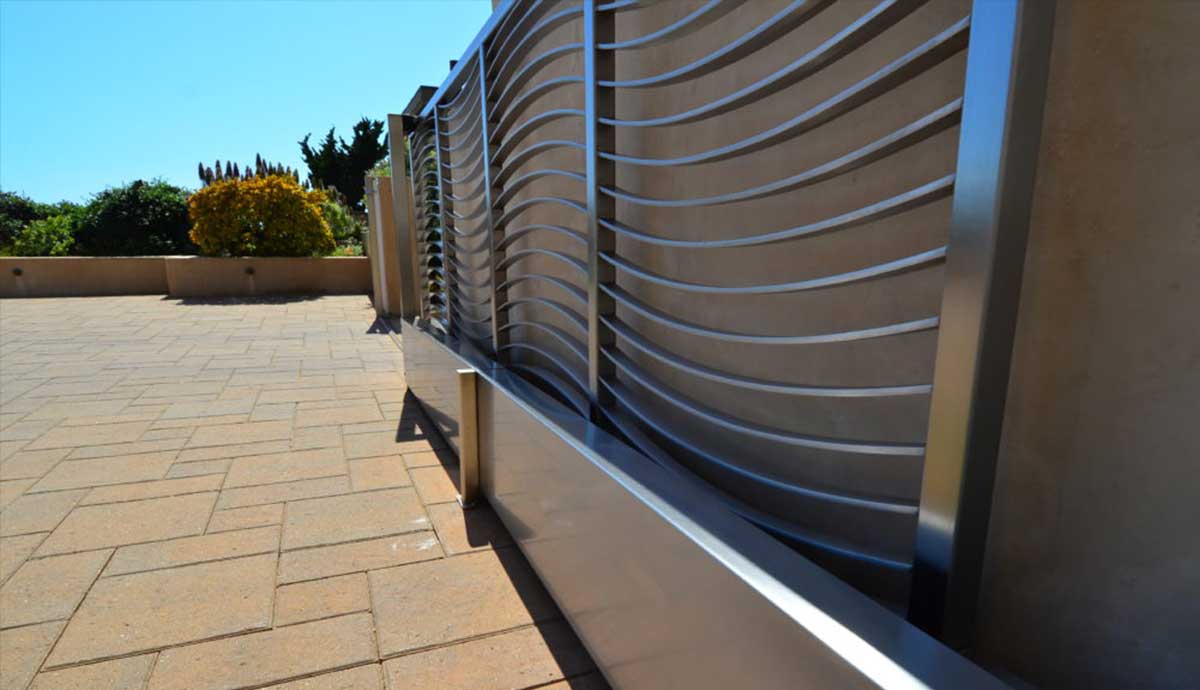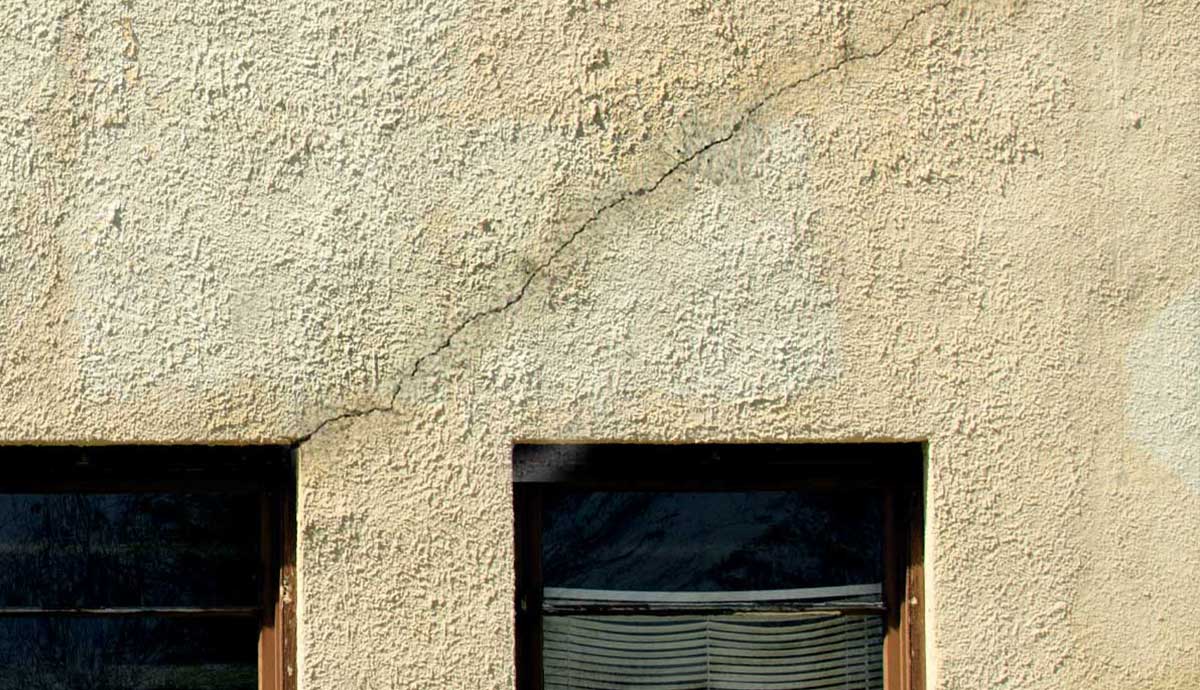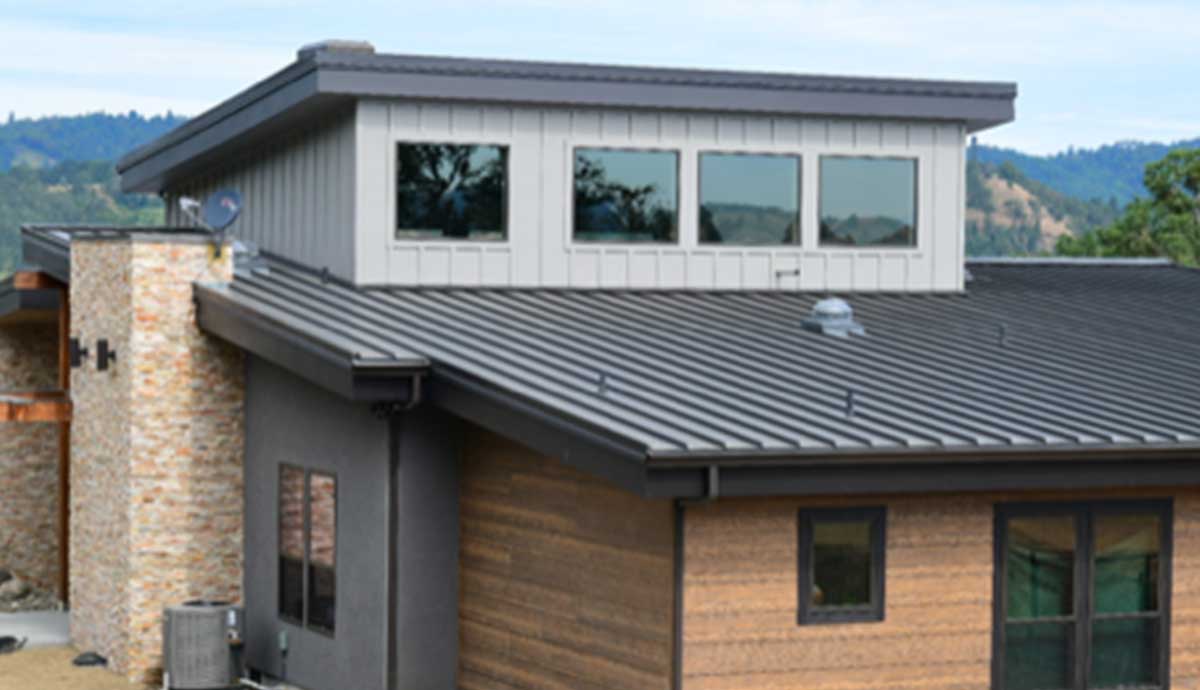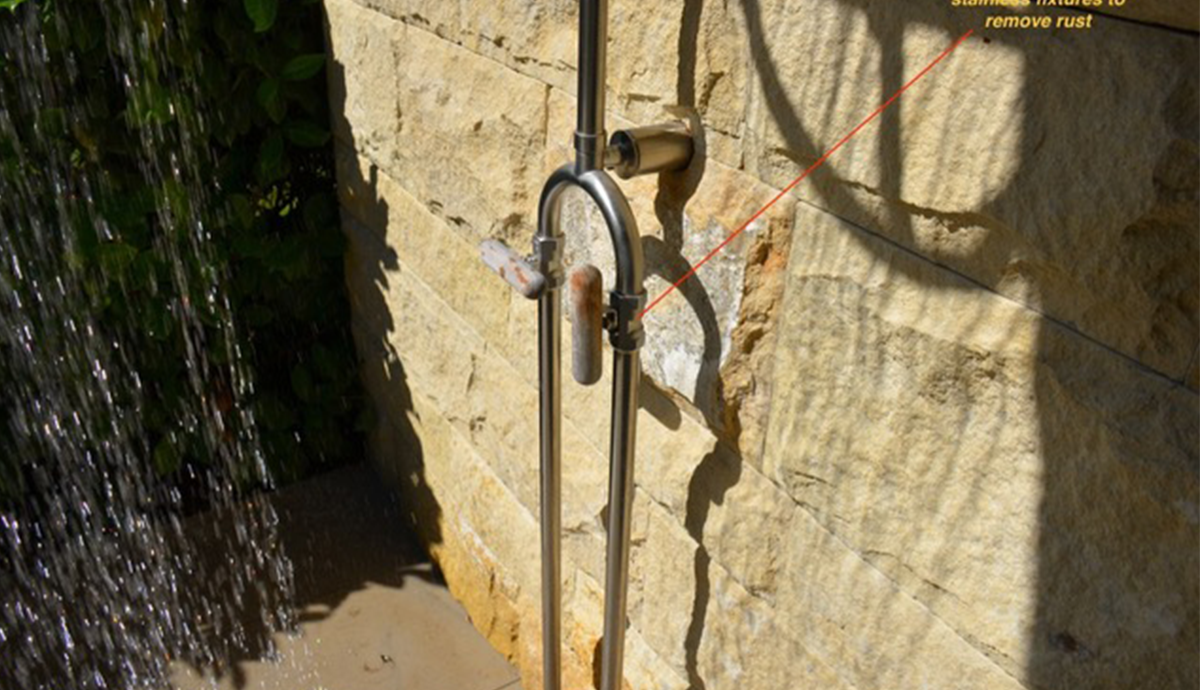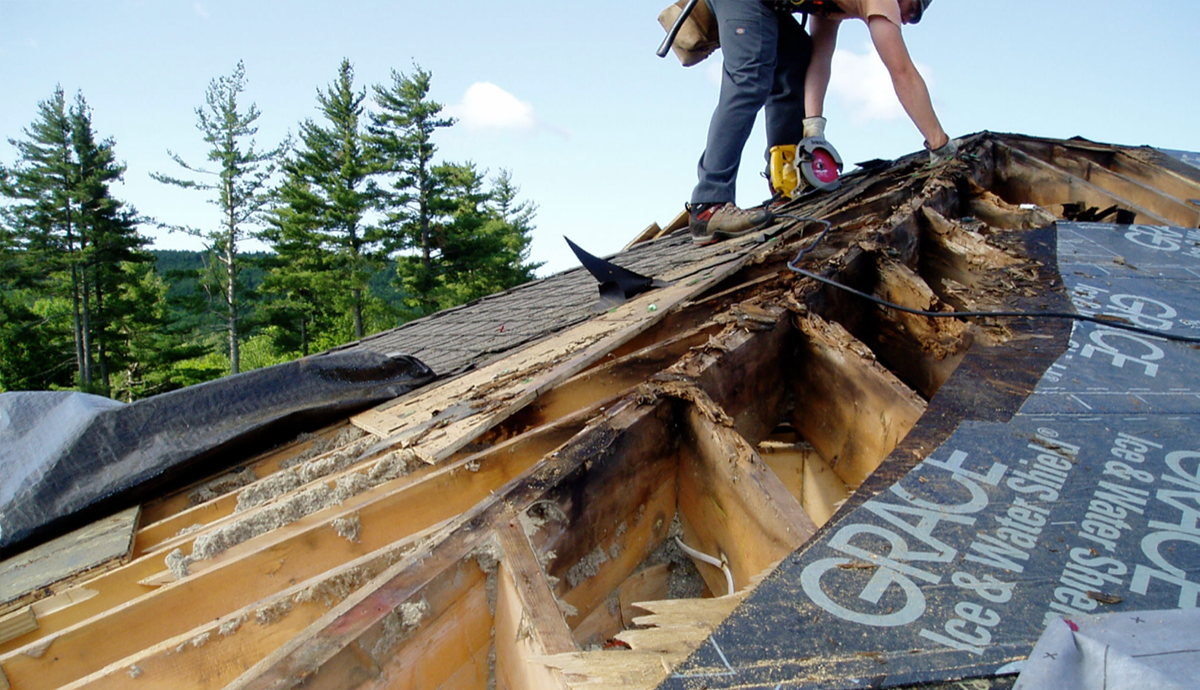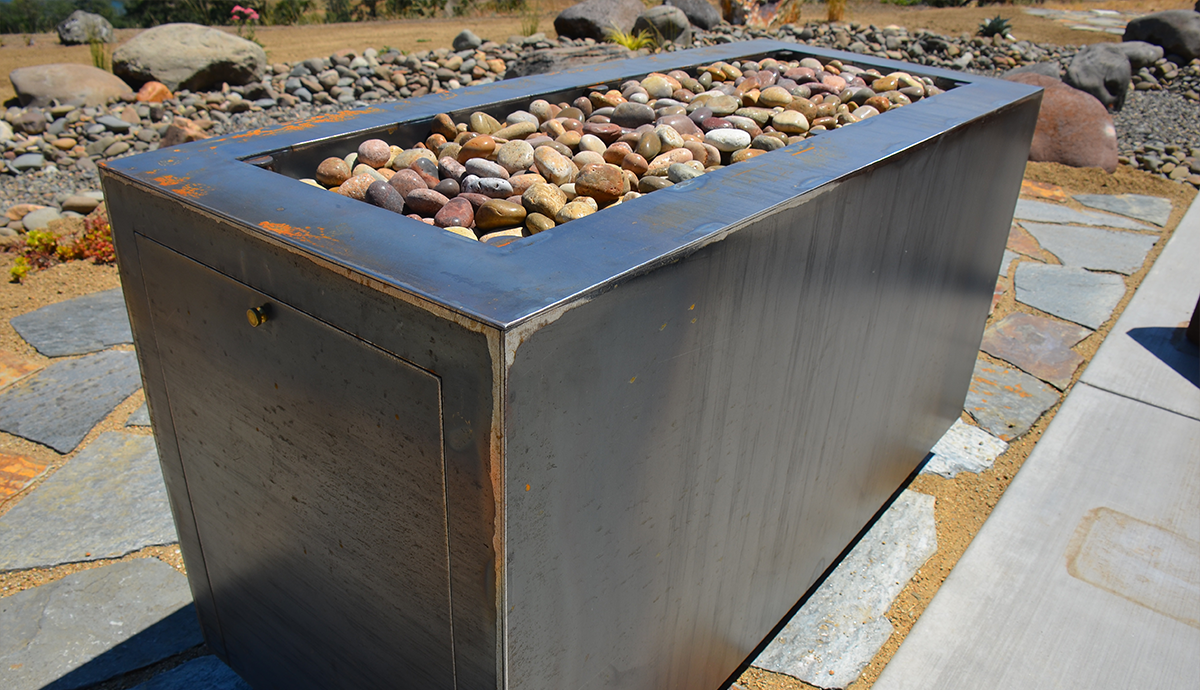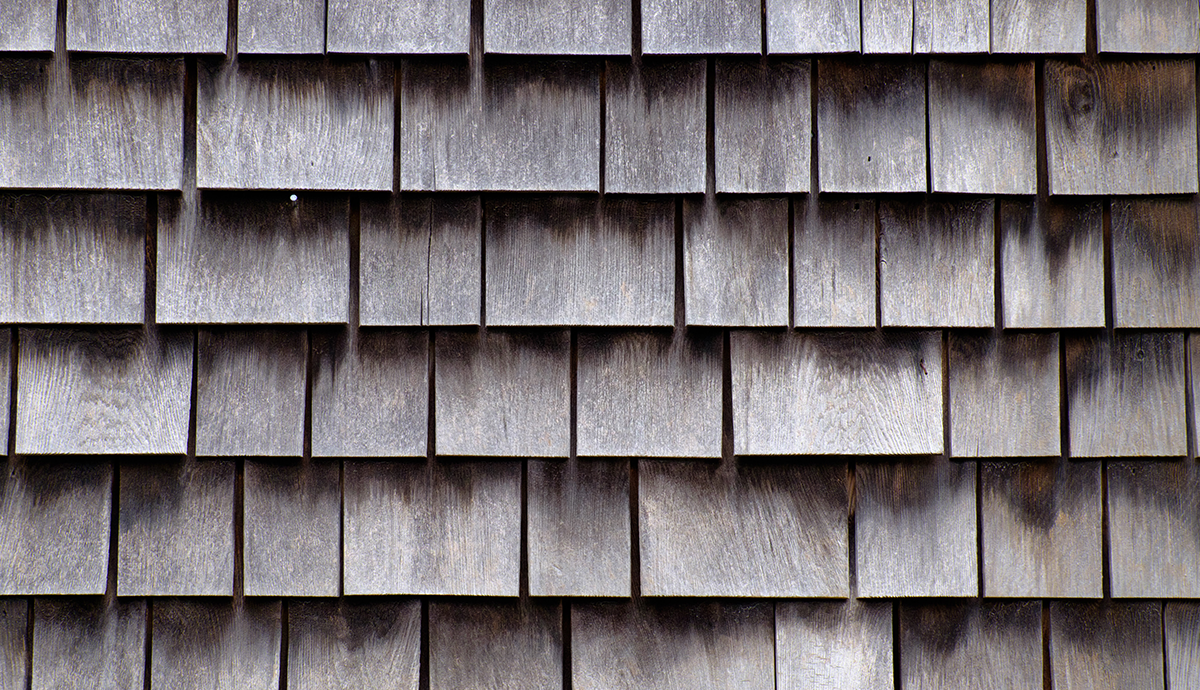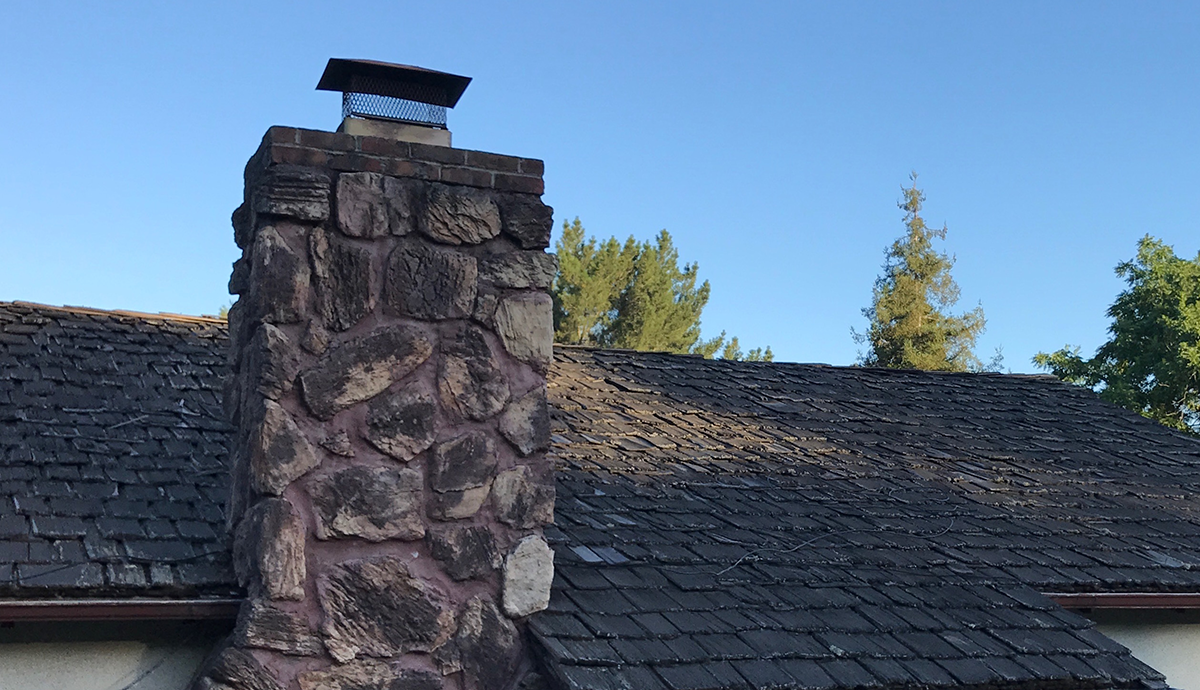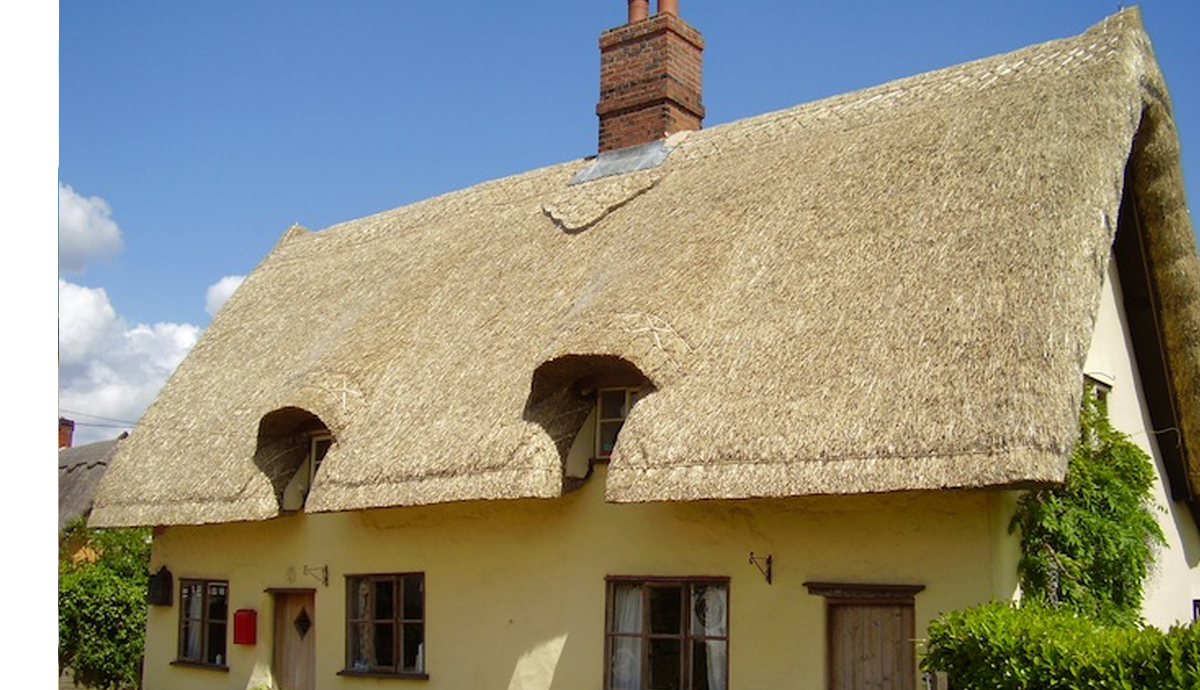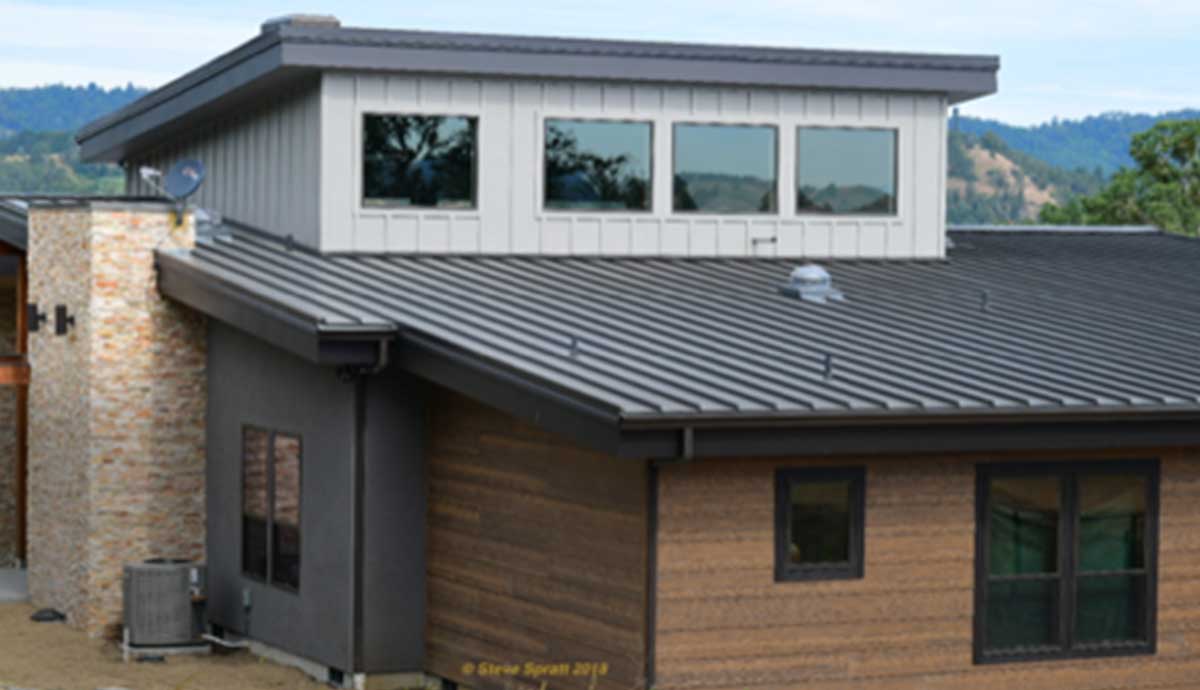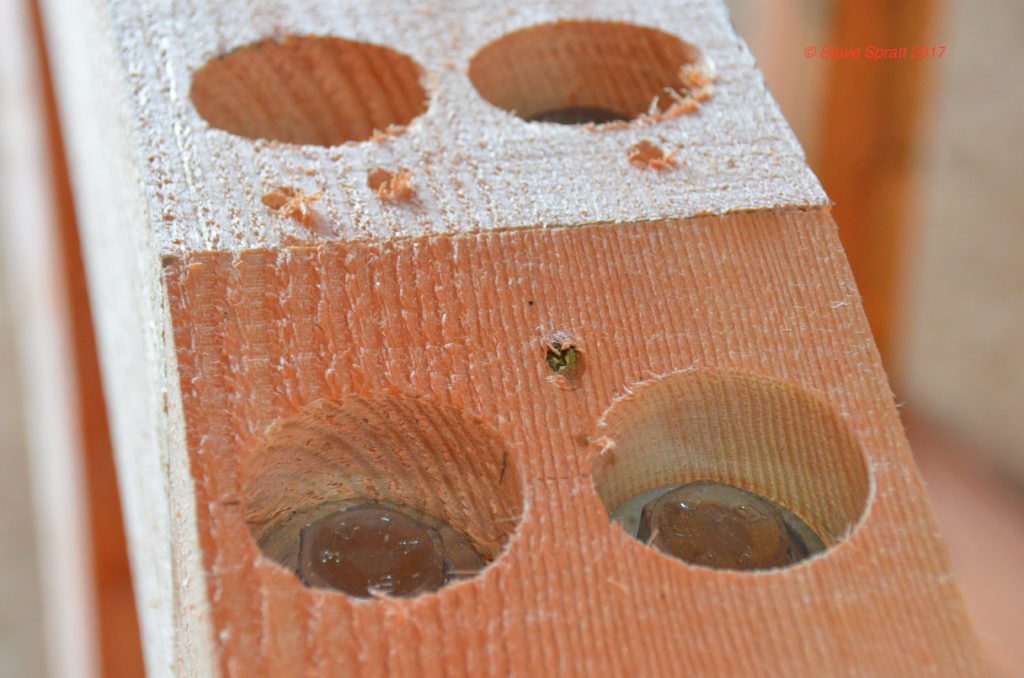
Good bones
The structure of your home provide the solidity and strength needed to safely support all the other parts.
What immediately comes to mind when thinking about design is the size, shape, layout, texture, color etc. that make up the general look and feel of the home. These are the elements that appeal to human senses and needs. But the structural parts of the home’s design are even more important because they give it posture, and durability.
The critical structural elements of your home include soil, grading, foundation, rainwater control, framework, roofing and passive ventilation. These items are all discussed in this section.
Design for trouble
The structure of your home must be strong enough to safely survive where it is located for many years. This can be a tall order.
Every location is different so studies must be done and variations taken into account. Each variable will require a specific structural design. The design of the foundations and framing systems are greatly influenced by the characteristics of the building site.
The world can throw brutal heat, cold, wind, rain, hail, blowing sand, earthquakes, fires, floods, mudslides, sea spray and Tsunamis at your home. Sometimes it seems that all of the above get hurled at the same time. Good structures must be able to withstand some serious punches.
Hug an engineer, they deserve it
The job of the structural engineer is not as easy and straightforward as it would seem. Everyone wants their home to be durable and safe, but no one wants to live in a cave again. Paraphrasing Frank Lloyd Wright, we have become rather attached to the niceties of our age. Today’s requirements include big open spaces, graceful aesthetics, fresh air, naturally-lit rooms, beautiful views and all the other comforts of home. Good structures and the engineers that design them, have to support all these things as well.
Structure materials
Most buildings utilize local materials because they are readily and affordably available. Structural engineers have developed many unique and clever methods to make use of these materials. Fortunately, material availability is robust enough today that virtually anything is available so long as you can afford it. Material availability no longer dictates design. In a litigious world, the safety of the homeowner is todays primary structural design factor. So long as safety requirements are met, architects these days are fairly free to design any way they want.
Some of the materials commonly used for structural applications are reinforced concrete, steel, wood, masonry, adobe and rammed earth. Of these, wood is the most used structural material for building a home in the US.
Wood structures
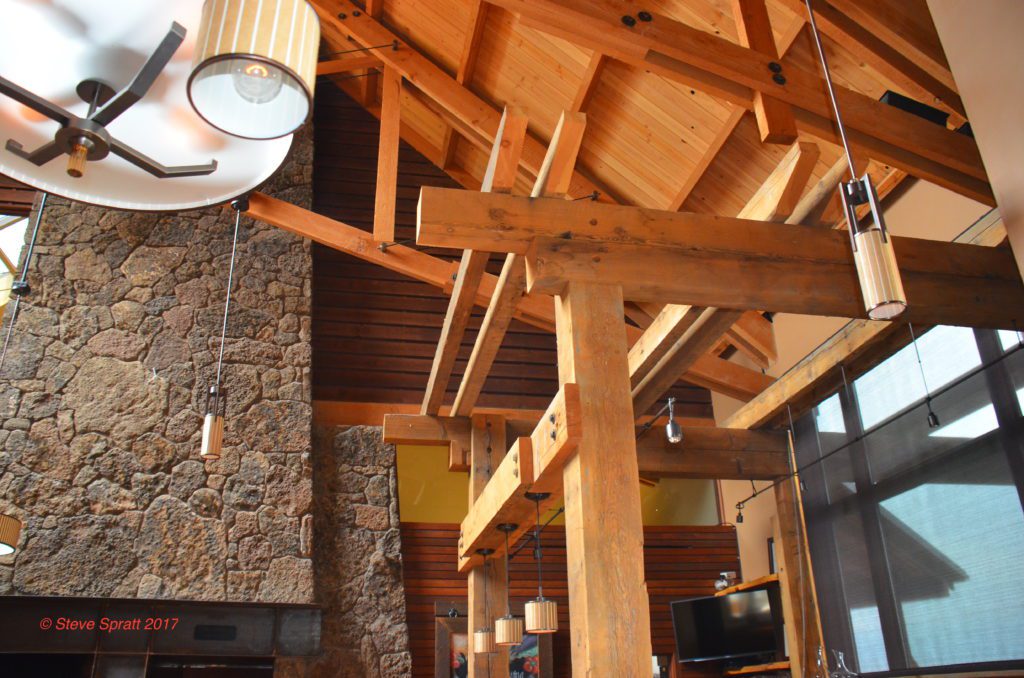
Wood is by far the favorite material for framing homes in the US. Fortunately North America has abundant forests that produce a renewable supply of excellent lumber. See our post “How many trees to build a house“.
Wood is exceptionally desirable for construction for a number of reasons: 1) it is extremely strong and resistive to both tensile and compressive forces, 2) it has exceptional length versus its cross dimensions, 3) it is somewhat flexible and 4) it is easy to work by hand. These advantages far overshadow wood’s drawbacks of being vulnerable to rot and fire.
How its made
Replanted forests are ready for harvest after about 100 years. Harvesting the trees involves logging, bucking to length and transporting the logs to a mill. The mill removes the bark and scans its dimensions by laser. Using the scan information, the computer develops a cut pattern and automatically saws the log into flitches. The computer determines the best cut-mix to ensure maximum use of the available log.
Dimensional lumber
You are probably familiar with the terms two-by-four, or four-by-six. These describe the approximate thickness and width of each board. A two-by-four is approximately 2” by 4”. The boards are sold in lengths of 2’ increments with 8’ being the minimum up to about 24’ in length. Some mills will provide larger lengths or custom dimensions on a special order basis. Really huge timbers are expensive since trees big enough to cut them from are rare now. See our post on large dimension timbers.
Kiln dried lumber
Freshly cut lumber has an extremely high moisture content. This makes it too wet for use as framing material. When wet lumber dries it shrinks and changes shape slightly. Also, wet lumber trapped in an unvented wall cavity will quickly develop mold and rot. Neither changing shape nor rot would be acceptable. Baking the lumber in special kilns at the mill brings the moisture content to below an acceptable 14%. Once dry the lumber moves to planing and shipping.
Planing and grading
The drying and planing process removes approximately 0.1875” per side from all sides of the boards. So the final dimensions of say a 2×4 will actually end up at around 1-5/8” x 3-5/8” give or take 1/4″. This variation factor drives good carpenters crazy as they have to allow for up to ¼ inch or more of unknown error. Other quirks of lumber, like bowing, cupping, twisting and knots require hand selection before use. This makes the carpenters job harder and any kind of precision with regard to framing extremely difficult. Steel framing is a better alternative to wood when close tolerances and precision are needed.
Charring and Fuming
An ancient and highly effective method of preserving and preventing decay in wood structures is to char the exterior of the dried lumber. Charring means to burn and blacken the outer layer of the lumber with flame. Preservative treatments are valuable and badly needed. These treatments help prevent the lumber from rotting when exposed to moisture, or where it may come into direct contact with concrete or soil. Some examples are mud-sill materials, posts and retaining walls. See our post on wood fuming.
You never hear about charring anymore because it is the industry practice to treat lumber with poisonous chemical preservatives instead. Charred posts over two thousand years old have been found in Roman and Greek foundations and bridges. They are in near perfect condition. I would say that’s a pretty effective record without chemicals.
Charred lumber could offer a reasonable preservative option in lieu of chemically treated lumber. This would make the “green” market happy. I would think it would be fairly easy to adapt the existing drying kilns and other machinery to perform this process.
Summary
The elements of structure are the unseen heros of your home. Oh, and say thank you to a structural engineer… and a carpenter when you get a chance!

